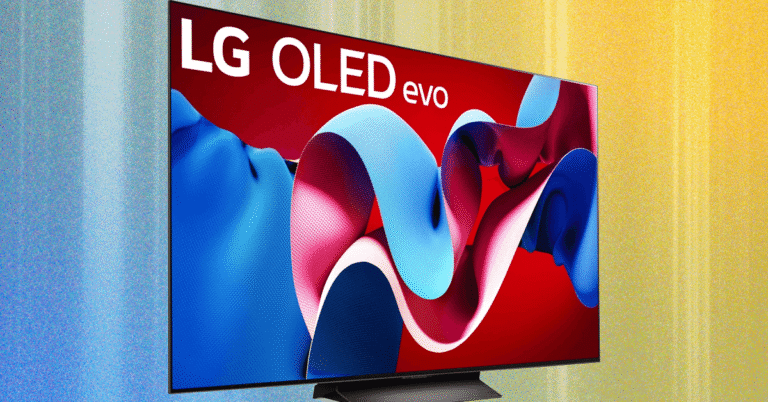What Is MicroSD Express? Everything You Need To Know
I just got my Nintendo Switch 2, and my internal storage is already filling up with all my old games and saves! If you’re in the same boat, you may have also noticed you can’t just jam in the SD card from your original Switch and keep rocking. Instead, you’ll need a new MicroSD Express card.
This Express standard was introduced in late 2023, and it enables write speeds in the hundreds of megabytes, but until now it was used only for high-end digital cameras and niche use cases. As a result, the cards are few and far between, and they carry a significant price premium over the more common MicroSD cards. Before I get too caught up in the price and availability though, let’s just go over what the difference is between Express and standard MicroSD cards and what it means for your Switch 2.
Express Lane
Photograph: Brad Bourque
As you might have guessed from the name, MicroSD Express cards are faster, but to understand exactly what that means, we need to break down what we mean by speed and how it’s measured and displayed on MicroSD cards.
Normal, non-express cards use three metrics with some overlap in performance. We’ve got an in-depth technical guide if you want to know more about the non-express cards, but I’ll give the short version here. There are three ranges: Speed Class, denoted with a C, UHS Speed Class, as marked by a U for Ultra High Speed Class, and Video Speed Class, with a V.
Regardless of how it’s displayed, the number indicates that the card is able to read and write at least that fast. For the Circle and the V, it’s a direct comparison, so a circle with a “10” in it has a 10MB/s sustained write speed. There are two U variants, 1 and 3, which correspond to 10MB/s and 30MB/s respectively. Cards are almost always compatible with slower devices, so you may see multiple symbols and numbers on each card.
The indicator for Express cards is, perhaps unsurprisingly, a stylized EX or E, sometimes with a number next to it. Once again, this represents the card’s sustained write speed, with officially supported ranges from 150MB/s up to 600MB/s. Remember that these are minimum speeds, so you may see manufacturers quote even higher numbers, but whether you’ll be able to support those speeds will depend on the device reading and writing to the card.






